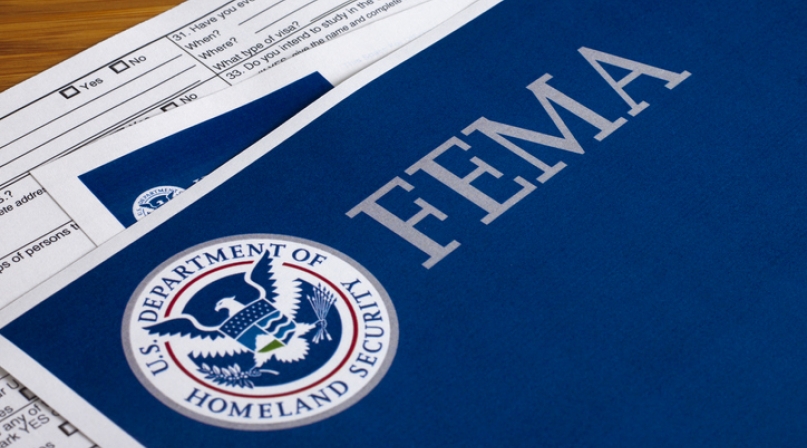FEMA requests feedback from counties on the BRIC non-financial Direct Technical Assistance program
Author

Brett Mattson
Upcoming Events
Related News

Key Takeaways
On May 23, the Federal Emergency Management Agency (FEMA) published a Request for Information (RFI) to solicit feedback on the capabilities of organizations that help FEMA deliver the Building Resilient Infrastructure and Communities (BRIC) non-financial Direct Technical Assistance (DTA) to communities across the United States.
FEMA’s BRIC non-financial DTA aims to provide counties with support needed to complete a competitive application including climate risk assessments, community engagement, partnership building, mitigation and climate adaptation planning. Seven counties were awarded with DTA in FY 2022 out of the 26 local jurisdictions selected. The most common requests for assistance included:
- Local hazard mitigation plan development
- Identifying solutions for specific hazards
- Assistance with hazard mitigation project planning
- Requesting application development support
- Demonstrating cost-effectiveness of a BRIC subapplication submission
- Understanding hazard mitigation grant management
Through this RFI, FEMA plans to collect information regarding how organizations of different sizes with regional or more localized reach can help FEMA deliver technical assistance to localities and expand the program.
Counties should directly submit their RFI responses electronically to Glen Seipp, Contracting Officer, at Glen.Seipp@fema.dhs.gov and Kimberly Sprenkle, Contract Specialist, at kimberly.sprenkle@fema.dhs.gov no later than Tuesday, June 13, 2023 at 3:00 p.m. EDT.
Related News

County officials moonlight in search and rescue roles
For some county officials, participating in search and rescue operations is another way to serve their communities, and make it safer for people to enjoy natural recreation resources.

SUPPORT Reauthorization Act of 2025: What it means for counties
On December 1, the bipartisan SUPPORT for Patients and Communities (SUPPORT) Reauthorization Act of 2025 (H.R. 2483) was signed into law. The reauthorization renews vital federal funding for programs that seek to prevent opioid overdoses and expand treatment and recovery options.

DHS releases FY 2026 funding opportunities for World Cup and Counter-UAS grants
The U.S. Department of Homeland Security (DHS) and the Federal Emergency Management Agency (FEMA) have released the FY 2026 Notices of Funding Opportunity (NOFOs) for two major new homeland security grant programs: the FIFA World Cup Grant Program and the Counter-Unmanned Aircraft Systems (C-UAS) Grant Program.